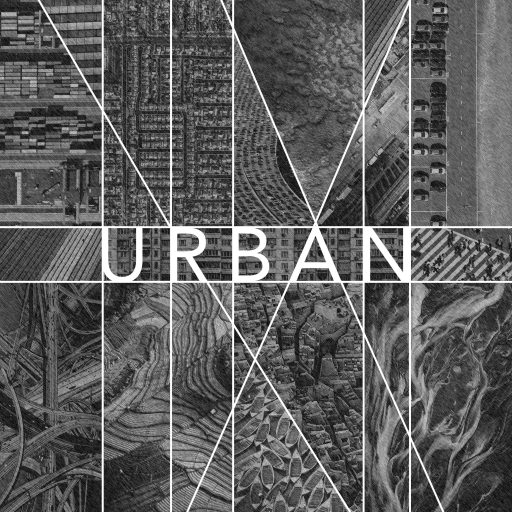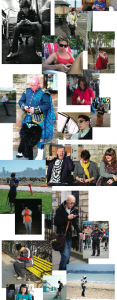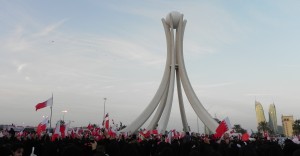 Upon first encounter, the Arava Desert, located between the Dead and Red Seas on the border of Jordan and Israel, appears to offer little other than sand. So it’s surprising that this arid landscape, which receives summertime temperatures in excess of 120° Fahrenheit and approximately one inch of rain per year, is becoming synonymous with green initiatives. Leading environmental sustainability efforts in the region are two communal farms or kibbutzim: Keturah and Lotan.
Upon first encounter, the Arava Desert, located between the Dead and Red Seas on the border of Jordan and Israel, appears to offer little other than sand. So it’s surprising that this arid landscape, which receives summertime temperatures in excess of 120° Fahrenheit and approximately one inch of rain per year, is becoming synonymous with green initiatives. Leading environmental sustainability efforts in the region are two communal farms or kibbutzim: Keturah and Lotan.
Kibbutz Keturah houses The Arava Institute for Environmental Studies where I had the opportunity to work this past summer. The Arava Institute, which is affiliated with Ben-Gurion University, affords Palestinian, Israeli, Jordanian, and other international students the unique opportunity to live and study together. With the premise that “nature knows no boundaries,” the school works to prepare future Arab and Jewish leaders to work cooperatively in order to solve the region’s most pressing environmental challenges.
Research initiatives at The Arava Institute are just as progressive, focused on the areas of renewable energy, trans-boundary water management, water scarcity, and sustainable agriculture. For example, one current project helps Bedouin and rural Palestinian communities to replace their diesel powered generators with biodigestors, a healthier and renewable alternative. Biodigestors allow these communities not only to dispose of animal and human waste but also to use the waste to produce methane gas for cooking, heating or lighting. Another project seeks to introduce salt-tolerant water-saving crops into sustainable agriculture systems, better enabling gray water, run-off water, and saline water resources to be used for farming.
Kibbutz Keturah is also notable in that it is a partner of The Arava Solar Company, an Israeli solar energy organization. Taking advantage of solar conditions on par with the Sahara and an official renewable energy zone designation by Israel’s economic cabinet, The Arava Solar Company has constructed a solar field on Kibbutz Ketura land. This 20 acre field will become operational in June 2011 and will produce five megawatts of power enough for 4,000 Israeli homes.
Another extremely innovative kibbutz in the Arava Desert is Kibbutz Lotan, which exemplifies sustainable living practices. In addition to composting all waste from the community dining hall, the sustainable neighborhood includes solar photovoltaic panels, waterless sanitation systems, solar ovens for cooking, LED pathway lighting, solar hot water collectors for showering, and greywater treatment systems. Apartment buildings also serve as a prototype, requiring significantly less material than conventional buildings do. Through using a geodesic framework of steel pipes, straw bales, and earth plaster (think mud), buildings are both renewable and extremely energy efficient.
Kibbutz Lotan is also a leader in innovative recycling techniques such as using tires and garbage to build benches, playgrounds, bus shelters, and other creative structures. This process is accomplished by filling used tires with recyclables from the kibbutz recycling center and then applying a mud coating over the structure sealing and finishing the project. The results speak for themselves: over the past four years, the kibbutz has been able to reduce waste disposal by 70% each year, and tire recycling efforts are so successful that the community now accepts and recycles all tires for the city of Eilat (population: 46,000).
Sustainability efforts by both Keturah and Lotan exemplify the truism that “necessity is the mother of invention.” Given harsh environmental conditions, kibbutzim in the region – led by Keturah and Lotan – have turned to innovation to capture the niche market for sustainability and solar power. Through their efforts, they have turned a hindrance into an asset and given new meaning to the Zionist expression, “making the desert bloom.”
By Lisa Blake




